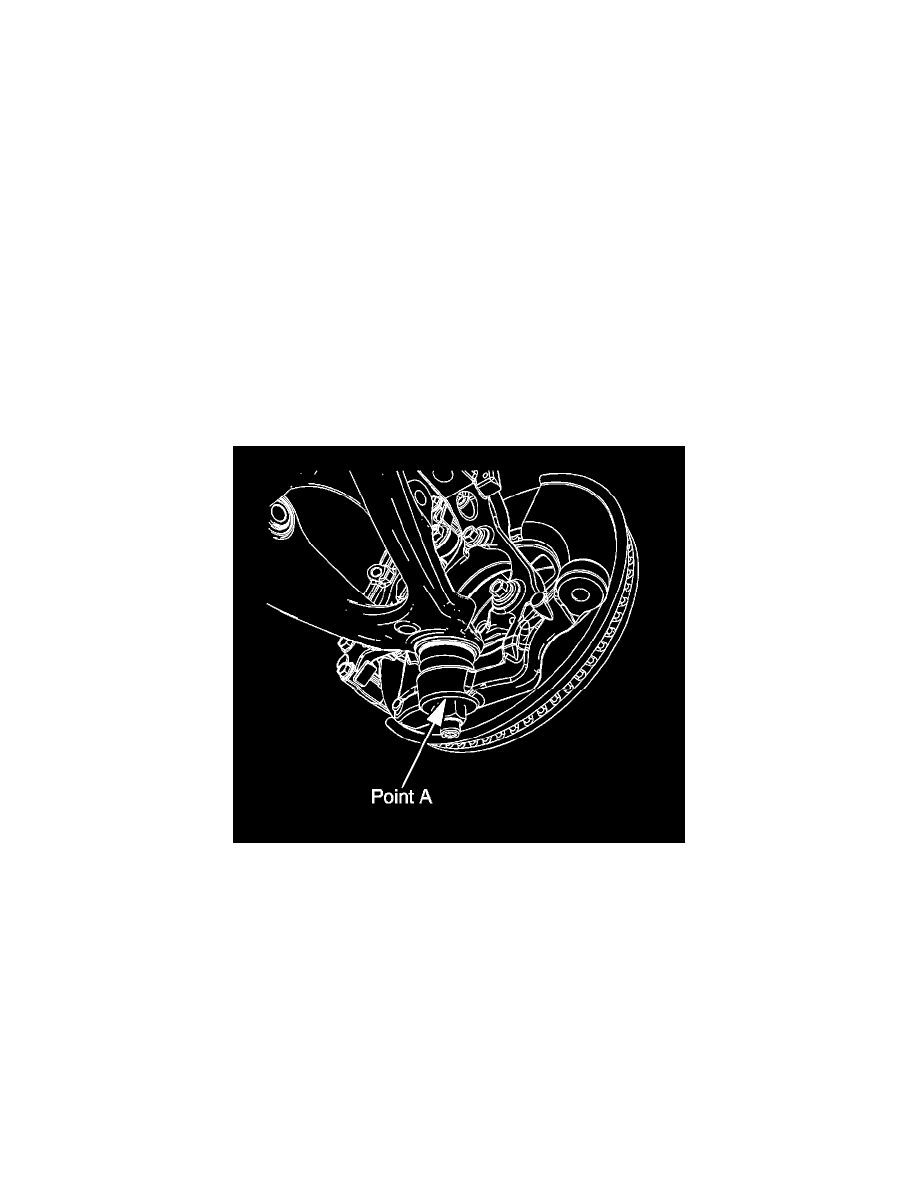i-290 2WD L4-2.9L (2008)

Alignment: Testing and Inspection
Trim Height Inspection
Trim Height Measurements
Trim height is a predetermined measurement relating to vehicle ride height. Incorrect trim heights can cause bottoming out over bumps, damage to the
suspension components and symptoms similar to wheel alignment problems. Check the trim heights when diagnosing suspension concerns and before
checking the wheel alignment. Perform the following before measuring the trim heights.
1. Make sure that the vehicle is on a level surface, such as an alignment rack.
2. Remove the alignment rack floating pins.
3. Set the tire pressure to the pressures shown on the certification label. Refer to Vehicle Certification, Tire Placard, Anti-Theft, and Service Parts ID
Label (See: Application and ID/Vehicle Certification, Tire Placard, Anti-Theft, and Service Parts ID Label) .
4. Check the fuel level. Add additional weight if necessary to simulate a full tank.
5. Make sure that the rear compartment is empty except for the spare tire.
6. Close the doors and he hood.
Z Height Measurement
The Z height dimension measurement determines the proper ride height for the front end of the vehicle. Vehicles equipped with torsion bars use an
adjusting arm in order to adjust the Z height dimension. Vehicles without torsion bars have no adjustment and could require replacement of suspension
components. Jounce the front and rear suspension to obtain at least 38 mm (1.5 in) deflection, then allow the vehicle to settle.
Important: The left and right Z height difference should be no more than 12 mm (0.47 in).
1. Set the top edge of the level on the reference surface (Point A) of the steering knuckle.
